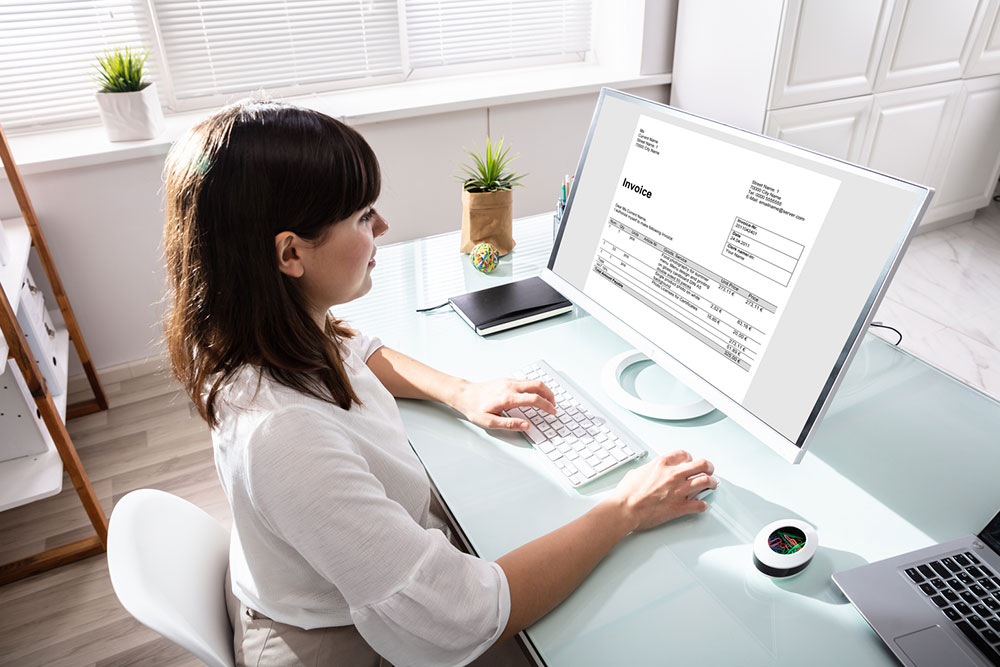
4 common auditing mistakes and how to avoid them
To ensure the accuracy and fairness of financial information, it is not enough to simply derive and analyze financial information. This is where auditors come in; they officially scrutinize financial data and ensure that the statements and business processes align with universal accounting standards. However, even seasoned auditors may make common mistakes that should be avoided to increase the credibility of an audit:
Spending too much time reviewing the documents
Auditing majorly involves checking documents provided by companies. However, sticking to paperwork may be redundant if one does not observe the different processes being carried out practically. So, auditors should strike a balance between checking documents and verifying whether the company undertakes its business in real-world scenarios as per the documented details.
Overlooking human errors due to poor use of technology
Automating certain business processes and utilizing technology correctly can significantly reduce human errors. As an auditor, it is essential to consider whether employees are leveraging software and technology for key financial processes that are error-prone and time-consuming but don’t require too much thought. These include disabling an employee’s log-in after they have left the organization.
Overlooking some ongoing audits
Companies undergo different types of audits. While some audits are conducted only once, others are meant to be ongoing and are carried out at regular intervals. Companies need to be clearly informed about the different types of audits and which ones are ongoing so that they can continuously monitor their business processes even after the auditor completes the review. Additionally, companies should preserve all their previous audit documents in a safe place.
Not adhering to auditing guidelines
Auditors must follow certain auditing guidelines while conducting company audits. One such guideline is the Systems and Organizations Control 2 or SOC 2, created by the AICPA in 2010. It is important for auditors to refer to these guidelines whenever necessary to avoid any gaps in the auditing process. Failing to achieve this can lead to problems for both the company and the auditor in the long run.


